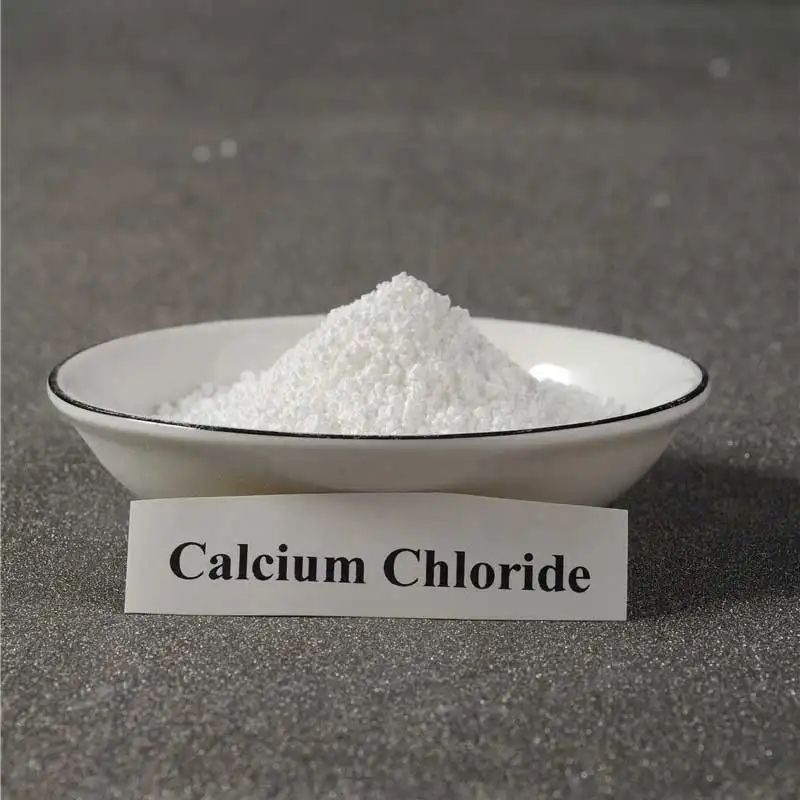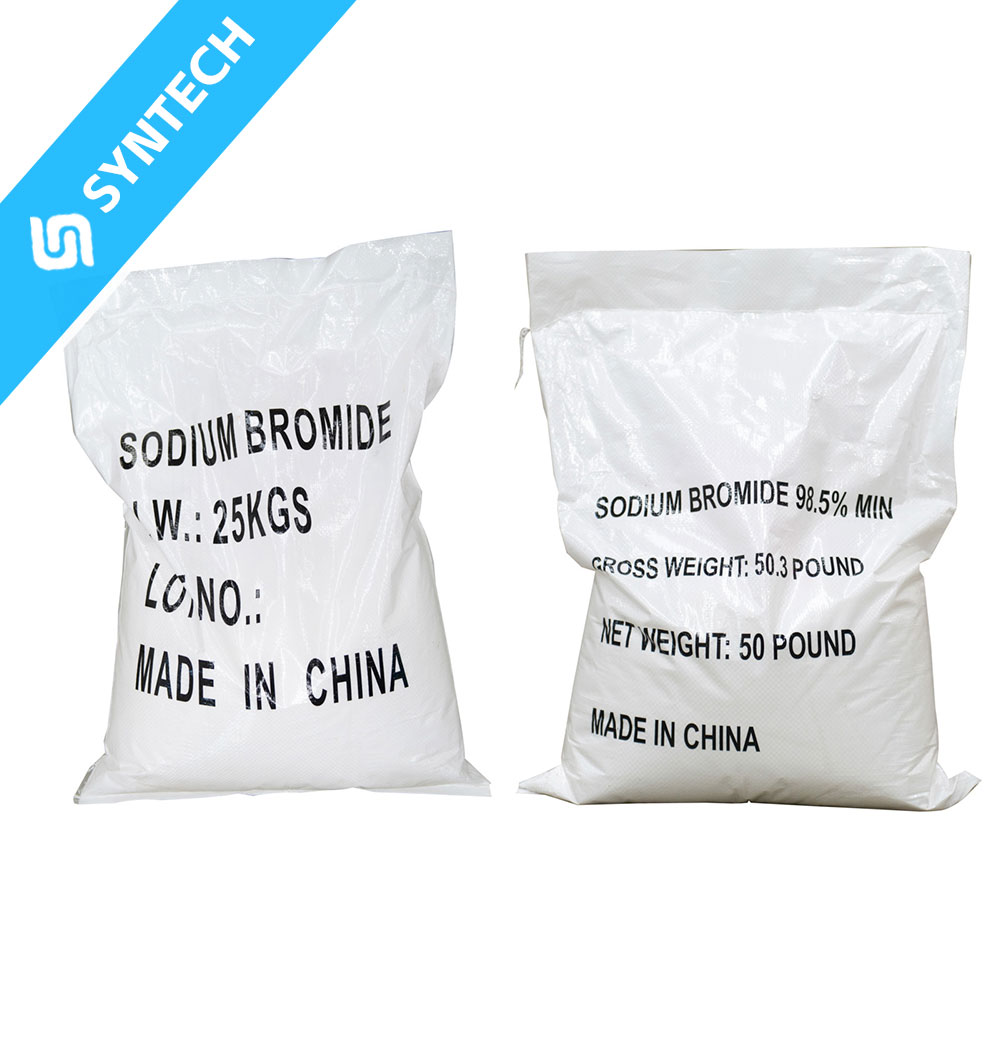Sodium Methallyl Sulfonate (SMAS) is a versatile chemical compound with several industrial applications, but its role in the synthesis of high-performance polycarboxylate ether (PCE)-based superplasticizers is arguably one of its most significant uses in the synthetic resin field. These superplasticizers are crucial in the construction industry for producing high-strength, durable concrete with reduced water content.
However, when discussing its role as a third monomer to enhance the properties of a famous engineering plastic, SMAS is primarily recognized for its use in improving acrylic fibers (polyacrylonitrile-based fibers). It is added during the polymerization process to introduce sulfonate groups (–SO₃⁻) into the polymer chain, which significantly enhances the fiber’s dyeability, color fastness, heat resistance, and elastic properties.
While SMAS is highly valued in acrylic fiber production, it’s important to clarify that its role in modifying major engineering plastics like polycarbonate (PC) or polyamide (PA) is not its most prominent or direct application. The search results did not provide evidence of SMAS being used as a third monomer in polycarbonate. Instead, they discuss the general concept of using a third monomer to modify carbon dioxide-based polycarbonate (PPC), but SMAS itself was not mentioned in this specific context within the provided snippets.
For a clearer overview, here are the key applications of SMAS in synthetic resins:
Key Properties Making SMAS Valuable
The usefulness of SMAS in these applications stems from its fundamental chemical properties:
- Strong Ionic Sulfonate Group (–SO₃⁻): Provides hydrophilicity (water-attracting) and electrostatic repulsion, crucial for dispersion and dye sites.
- Thermal and Hydrolytic Stability: The carbon-sulfur bond is stable under high temperatures and in harsh chemical environments (e.g., high alkalinity in concrete).
- Reactive Double Bond: Readily copolymerizes with a wide range of other monomers (acrylic acid, acrylamide, acrylonitrile, etc.).
- Resistance to Divalent Cations: Performs well in hard water without precipitating, unlike some carboxylate-based polymers.
Conclusion
In summary, while SMAS finds diverse applications in synthetic resins—from superplasticizers in construction to dispersants in water treatment and oilfields—its most recognized role as a third monomer is in enhancing the properties of acrylic fibers, not polycarbonate or other common engineering plastics like nylon or PET. Its incorporation significantly improves the dyeability and overall quality of acrylic textiles.






